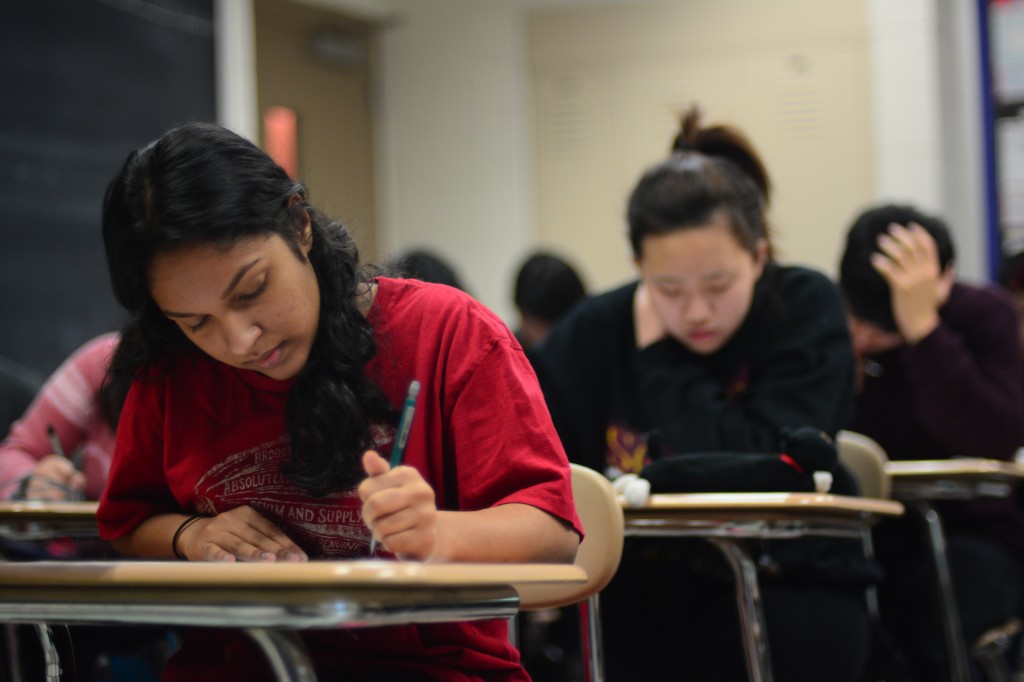
Today’s high schools and higher education institutions share many things in common, among them is their reliance on high-stakes testing. For some students, testing offers the chance to perform well in the game of grades, but for others, threading their way through exams becomes a battle against anxiety.
Increasingly, the common yet silent struggles of testing anxiety have become barriers to meaningful learning and achievement. But rather than accepting anxiety as an inevitable byproduct of testing, Townsend Harris High School’s grading policies should include reassessments to support students in developing a relationship with testing where tests become a medium for realizing academic potential.
The challenges of test anxiety are manifold, occurring before, during, or after tests. High anxiety can be disruptive to cognitive skills like executive functions pivotal to reasoning and memory access. Stress symptoms also take the form of physical reactions including stomach aches, headaches, and sweating.
Anxiety-ridden test-takers tend to enter situations that become detrimental to their academic success, and sometimes daily life and well-being. A 2021 study found that test anxiety and poor sleep create a cycle where each one exacerbates the other. Worsening sleep quality, when anxiety-related, induces more anxiety.
Though a small amount of stress can be motivating, with high-stakes testing being so central in our schools, testing is becoming increasingly linked with severe or prolonged stress. Schools must begin tackling anxiety by reinterpreting students’ relationships with exams in the learning process. In most classrooms, tests typically mark a learner’s destination, and as such, the growth phrases are abruptly stopped, needing to be measured. Schools should extend a growth-oriented approach to the testing phase, recognizing that learning continues even as assessments are underway. Specifically, teachers may create more opportunities for practice tests alongside the graded version. But even then, testing remains a “one-time shot” at mastery, frequently conducive to stress.
The THHS grading policy does include a statement that both recognizes the continued potential for progress and calls for the use of revision processes across courses. In answering this provision, growing numbers of teachers have embraced test corrections, permitting testers to correct errors for a chance to earn additional credit.
However, a framework for testing that acts as an extension of the learning process should encompass a blend of test corrections and targeted reassessments. Upon engaging students in a meaningful corrections process, educators may offer opportunities for retesting, whereby they differentiate across reassessments or focus on a specific group of testers. This effectively turns testing into a dynamic tool responsive to the growth stages that still unfold well after an examination has begun.
A complicated relationship with testing that appears to be capturing students in anxious states is directly undercutting opportunities for students to reach their academic potential. Recognizing this calls on schools and educators to support a framework for testing that generously extends a window for growth.




























